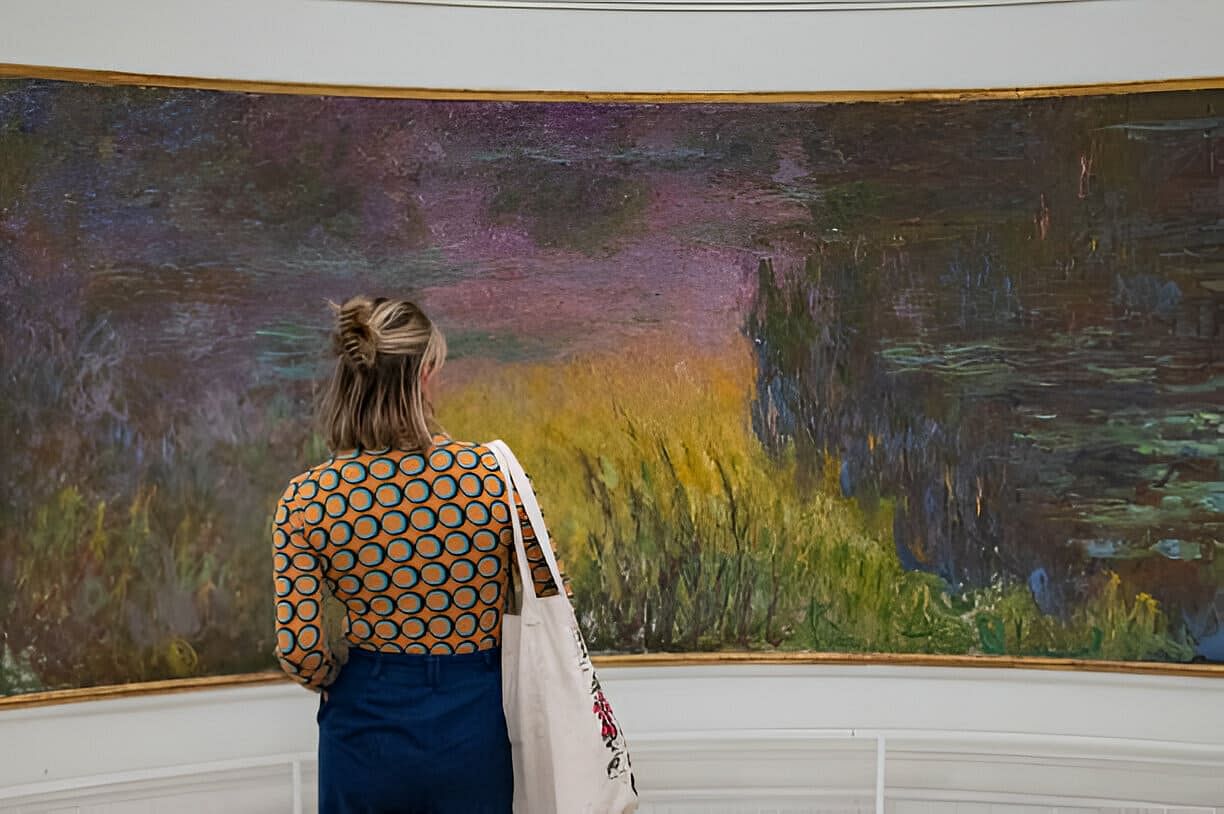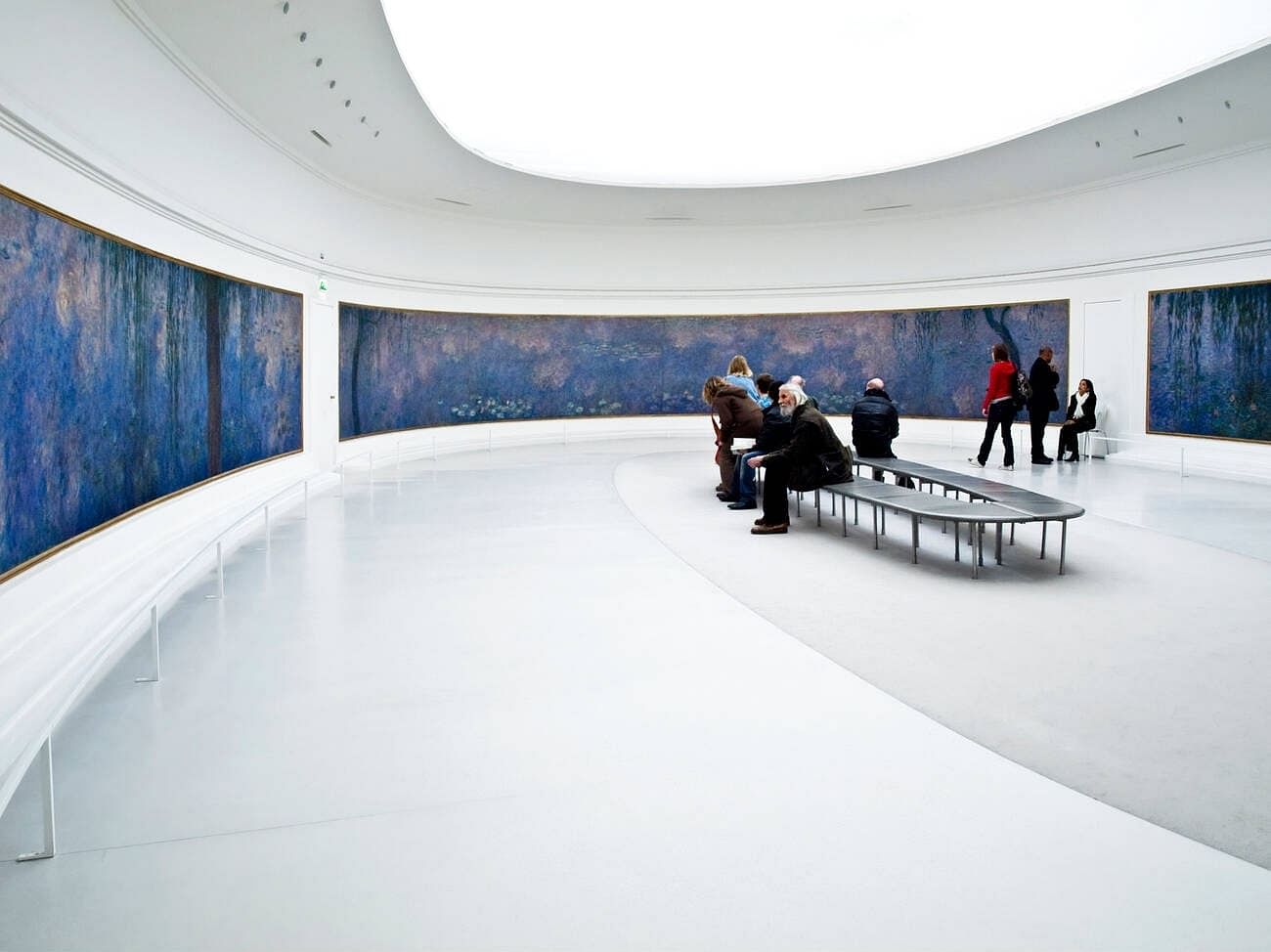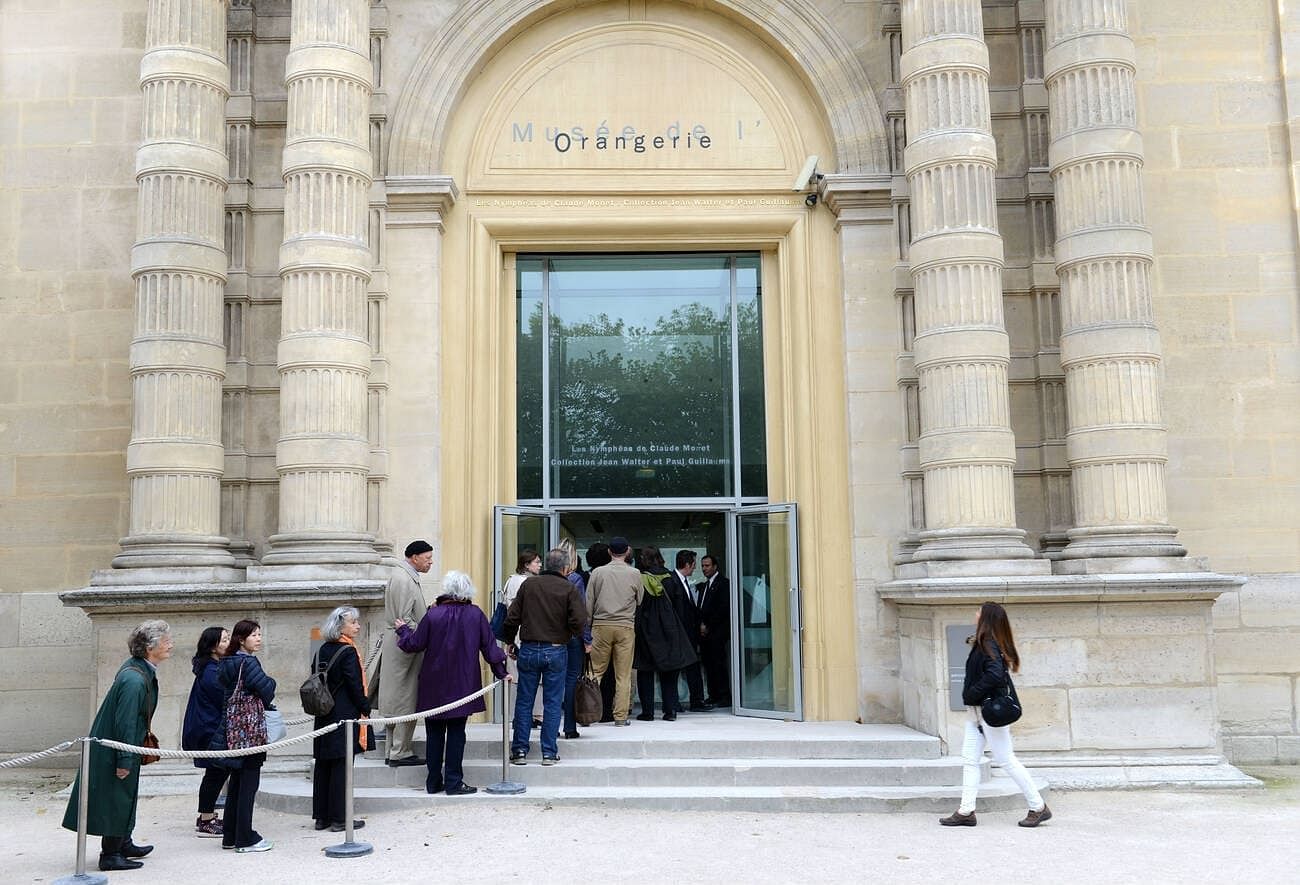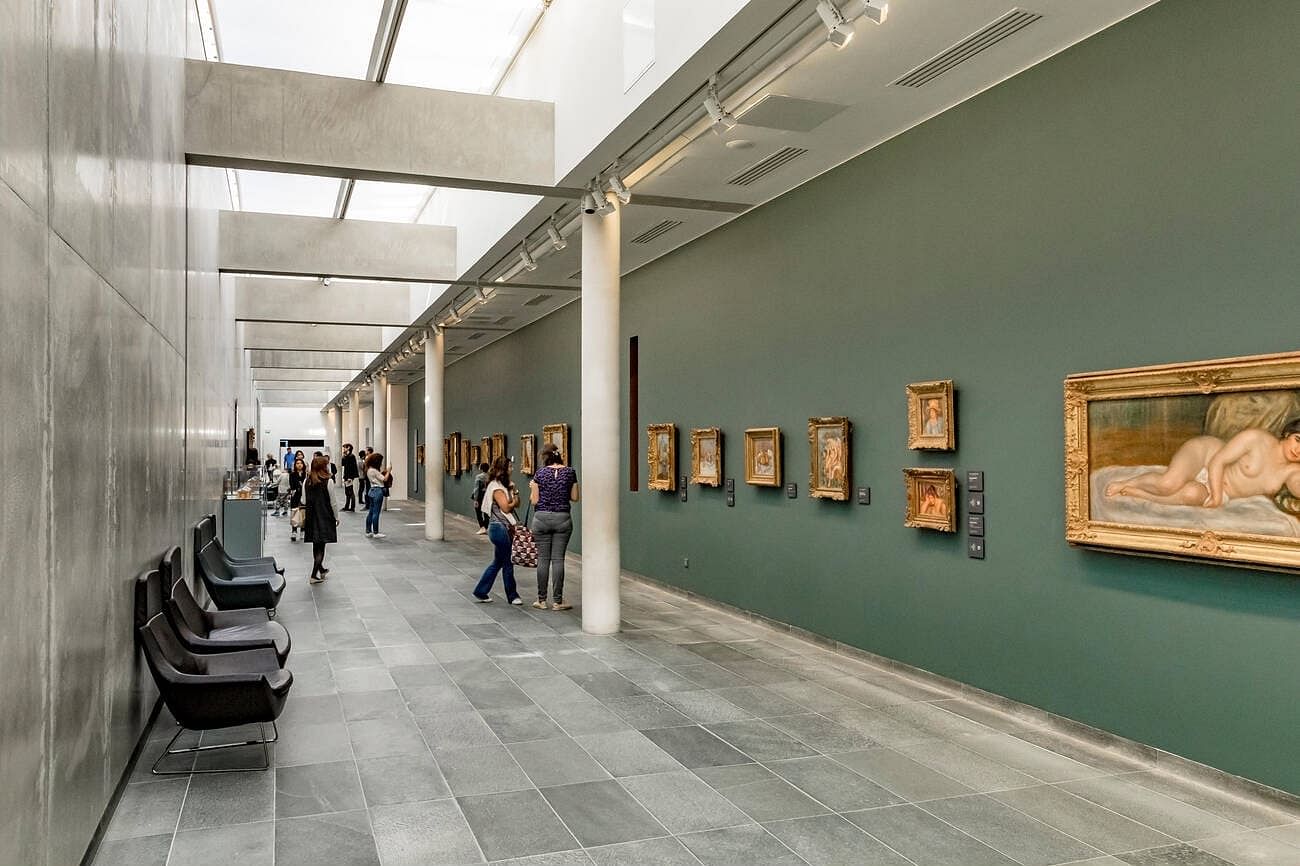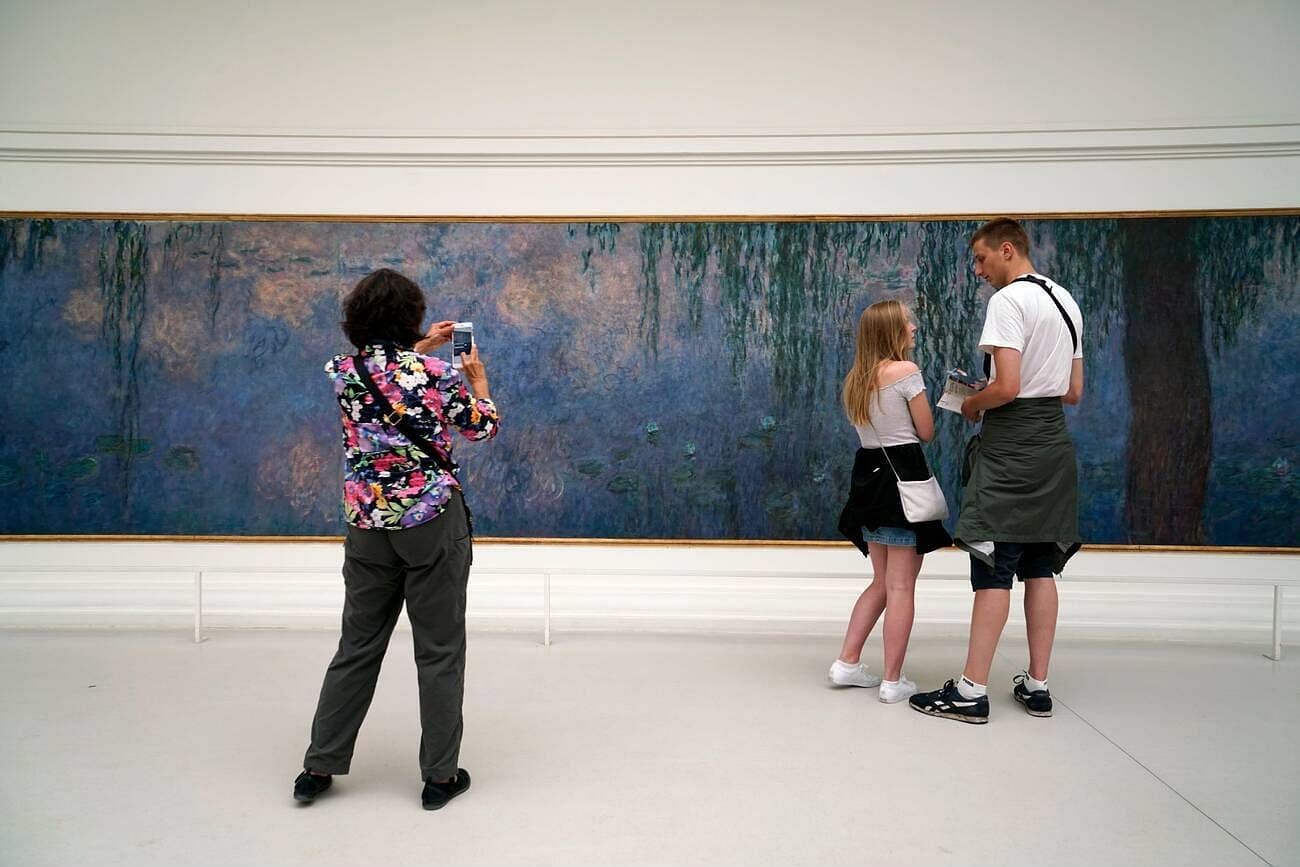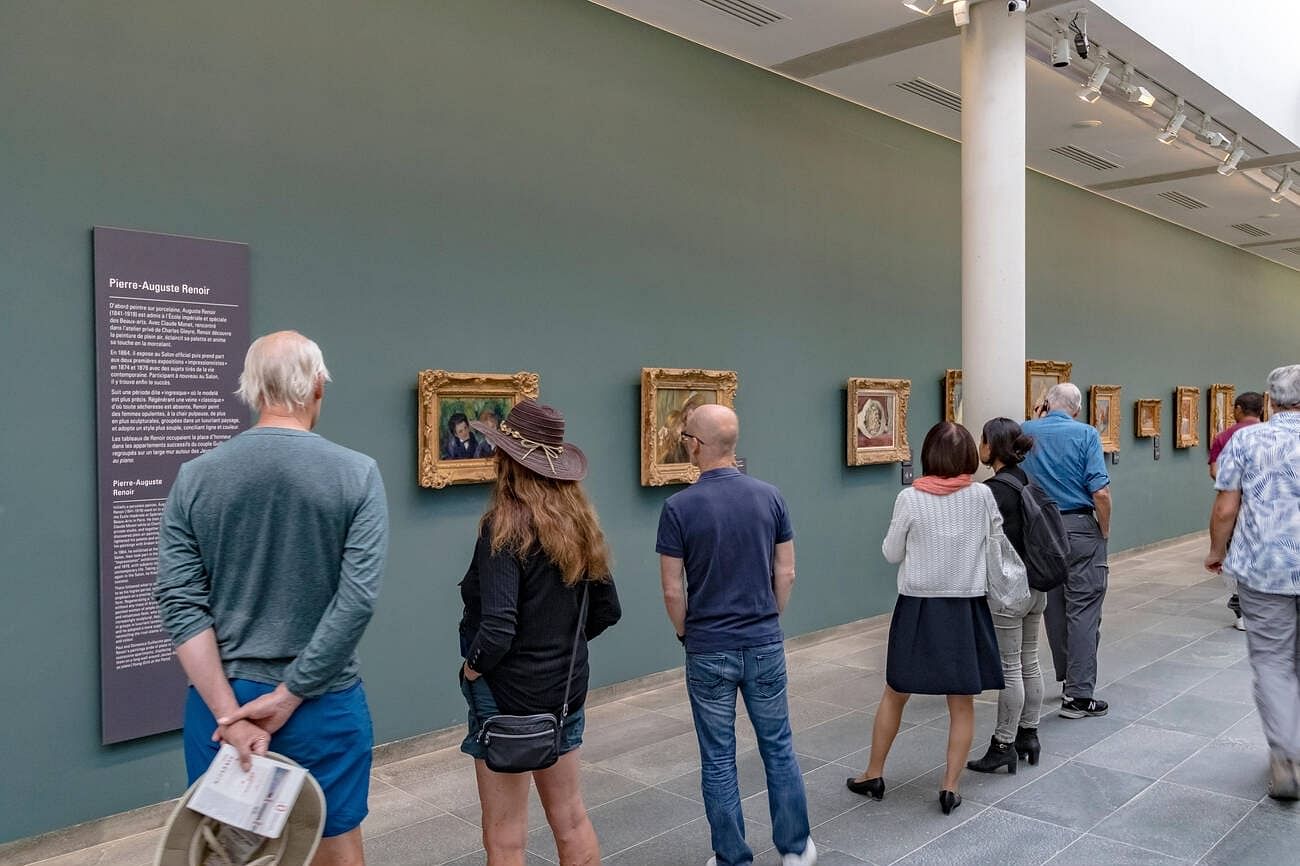If the walls could talk, the ones inside the Musee de l’Orangerie would whisper the sweet tales of the water lilies inside the museum. Welcome to the art gallery of Impressionist and Post-Impressionist paintings that have been drawing tourists and compelling them to choose from among the best Europe Travel Packages.
The Musee de l'Orangerie in Paris is like an underrated cousin of the Louvre Museum, which may be a little less popular and may as well have less number of things on display but we are sure, you are in for a treat.
Do you know what the best part is? There will be less crowd, so you can enjoy without having to stand in long queues, and even if there was a long queue, it would be worth witnessing the mesmerizing water lilies, which is nothing less than a treasure trove of the modern art.
The Story Behind Musee de l’Orangerie
Today, what you see as the Musee de l’Orangerie, was once just an art sanctuary, built in the year 1852 as a winter shelter.
In the late 19th century, Claude Monet, a French painter bought a house in Giverny and created a beautiful garden to inspire his art. He filled it with colourful flowers, plants, and a pond that reflected the surroundings. This garden became the focus of 250 of his paintings over 30 years. Monet was influenced by Japanese art and added small bridges and weeping willows to the scene.
His large, stunning water lily paintings, displayed at the Musée de l'Orangerie museum, invite viewers to feel immersed in nature. Monet once said, “I have no other wish than to mingle myself more intimately with nature.” The museum, located in the Jardin des Tuileries near Place de la Concorde, offers a chance to see Monet's work up close.
The Museum is dedicated to 20th-century artists, featuring the works of Picasso, Claude Monet, Renoir, Césanne, Modigliani, and more famous artists. Visiting this museum is one of the best things to do in Paris.
Musee de l'Orangerie Timings
Enough about the Museum and what it has to offer, now let’s have a look at some practical information.
- Timings: 9 a.m. to 6 p.m.
- Closed On: Tuesdays, May 1st, July 14th, December 25th.
- Last Entry: 45 minutes before the closing time.
- Evacuation: 5:45 p.m.
Musee de l’Orangerie Ticket Prices
- Standard Prices: INR 1184
- Reduced(For select visitors including students and families): INR 947
- Free Entry for:
Under 18(With family excluding school group tours)
18-25(EU Residents, and Non EU Residents living in France)
First Sunday of each month.
Note: You can stand in the queue of “Visitors with tickets” and get your tickets scanned, and pass through the security check.
Address: Jardin des Tuileries, Place de la Concorde, 75001 Paris, France
- Metro: Take the metro line 1, 8, and 12 at the Concorde station, which is just 5 minutes away from the museum.
- Busses: You can go for busses and take lines 27, 45, 66, 72, 73, 87.
- RER Train: You can take the RER Train and get off at the Concorde station.
Also Check: 15 Days Summer Special European Tour
Musee de l’Orangerie Collection
The museum is famous for its permanent collection, which is known for its carefully curated collection and intimate work of the influential artists of the late 19th to 20th century, allowing visitors to dive deep into the era of Impressionism and post Impressionism.
- Claude Monet’s Water Lilies: The Water Lilies of Claude Monet was painted between 1915 to 1926 and has been the major attraction in the museum.
- The Walter-Guillaume Collection: The Walter-Guillaume Collection features an extraordinary selection of art works from the late 19th and 20th centuries.
- Pierre-Auguste Renoir: The Young Girls At The Piano is a delicate and intimate portrayal of everyday life that showcases the signature soft brushworks of Renoir.
- Paul Cezanne: The Still Life with Apples and Oranges is a marvelous piece of art work reflecting Cezanne’s influence on transition from Impressionism to Cubism.
- Henri Matisse: The Odalisque in Red Trouser is another one of the pieces that needs appreciation, which is an example of Matisse’s fondness for sensual forms and bold colours, making this museum one of the best places to visit in Paris.
- Pablo Picasso: The legend Pablo Picasso’s Grande Baigneuse is also featured at the museum, representing his early explorations into modernist abstraction.
- Marie Laurencin: The Potrait of Mademoiselle Chanel redefines the depiction of Coco Chanel, that showcases Laurencin’s poetic and elegant style.




